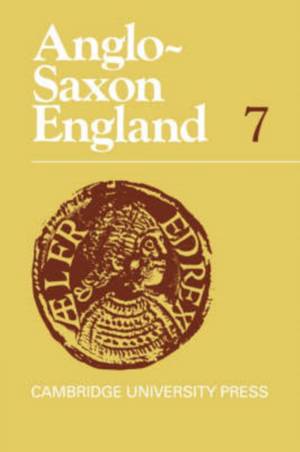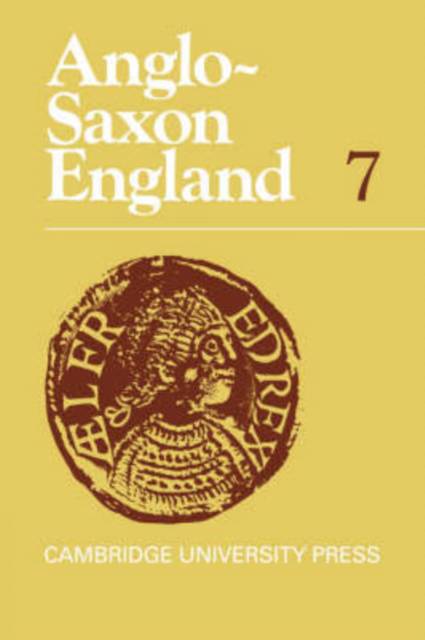
- Afhalen na 1 uur in een winkel met voorraad
- Gratis thuislevering in België vanaf € 30
- Ruim aanbod met 7 miljoen producten
- Afhalen na 1 uur in een winkel met voorraad
- Gratis thuislevering in België vanaf € 30
- Ruim aanbod met 7 miljoen producten
Zoeken
Anglo-Saxon England
€ 67,95
+ 135 punten
Omschrijving
What scientific observations is Bede likely to have brought to bear on the Easter controversy? What interest did the Anglo-Saxons take in precious stones and what did they know about them? Are heroic values rejected in one of Cynewulf's poems? What was Anglo-Saxon carpentry like? These are among the questions taken up in this volume. Observations to determine the day of the equinox in Bede's Northumbria; Anglo-Saxon lapidary knowledge (particularly in the Old English Lapidary); lists of saints' resting-places as an aspect of the cult of saints in the intellectual and social life of Anglo-Saxon England; the symbolism of the Pacx/Pax/Paxs coin legend; the construction of some wooden roofs, walls, floors, window-frames, doors and, especially, the frame of a spire: these topics are subjected to keen examination - the last an often neglected line of enquiry. In the field of vernacular poetry there are analyses of the Beowulf poet's artistic point of view when treating his hero's relationship to the Wæmundings, and of Cynewulf's when treating pagan heroic society in Juliana.
Specificaties
Betrokkenen
- Uitgeverij:
Inhoud
- Aantal bladzijden:
- 320
- Taal:
- Engels
- Reeks:
Eigenschappen
- Productcode (EAN):
- 9780521038645
- Verschijningsdatum:
- 3/12/2007
- Uitvoering:
- Paperback
- Formaat:
- Trade paperback (VS)
- Afmetingen:
- 152 mm x 229 mm
- Gewicht:
- 471 g

Alleen bij Standaard Boekhandel
+ 135 punten op je klantenkaart van Standaard Boekhandel
Beoordelingen
We publiceren alleen reviews die voldoen aan de voorwaarden voor reviews. Bekijk onze voorwaarden voor reviews.










